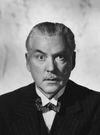Africans in European Painting and Sculpture
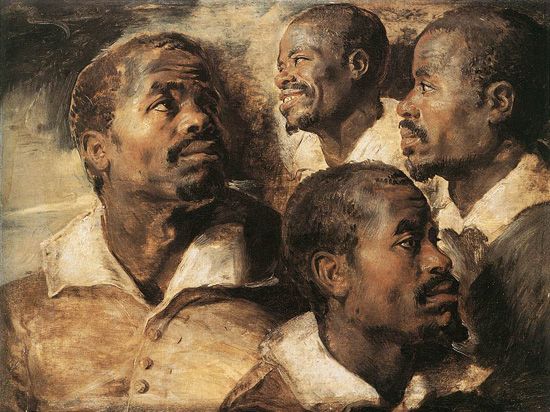
In European art, Africans are referred to as Negroes, Moors and Mulattoes, all of them intentionally demeaning or worse. I have assembled a small selection of "African" images, along with a few "Americans." The selection is idiosyncratic of course - these are the ones I find most interesting.
Most art sites call the charcoal drawing below Head of a Negro by Albrecht Dürer from 1508, although we don't know what he called it. It prompts a question: was this a free man whom Dürer saw in Nürnberg, or was he a slave that Dürer saw the previous year when he was in Italy?
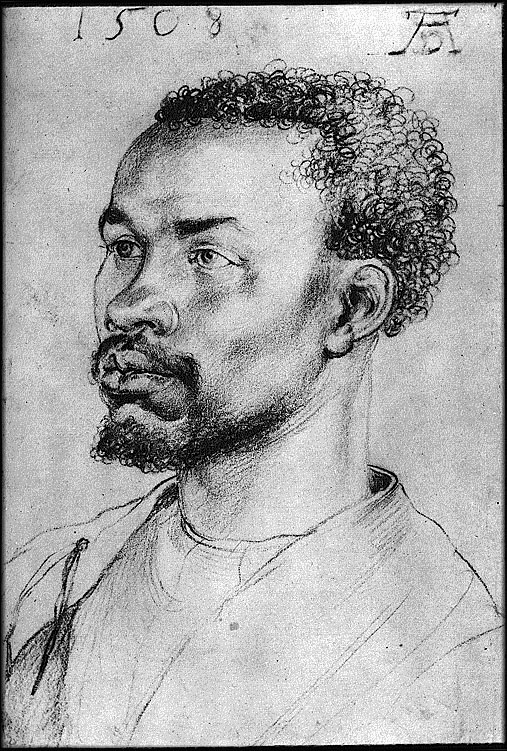
A decade or more later, in 1521, Dürer produced Portrait of the Moorish Woman Katharina. Dürer saw her in Antwerp, where she was the servant or slave of the Antwerp agent of the king of Portugal. The inscription says Katharina allt 20 Jar.
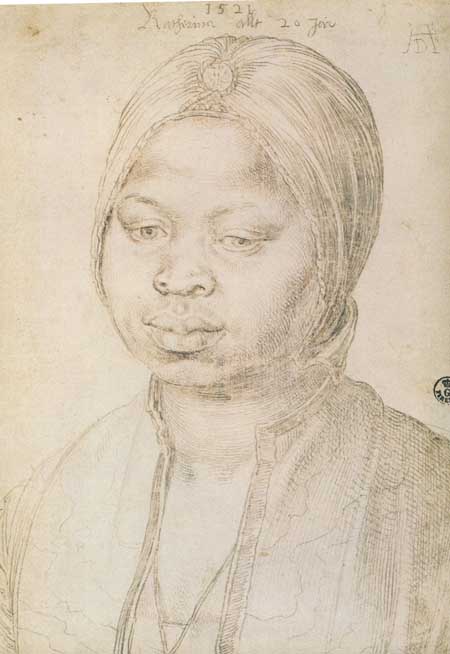
At this time there also were images of slavery in the context of war. Below is a very influential sculpture showing one of the captive figures in Monument of the Four Moors, in Piazza Micheli, Livorno. It was completed by Pietro Tacca, in 1626, to commemorate Tuscany's victories over the Ottomans and the Moors. I think Tacca captures well the resignation and defiance and it was much imitated. On the other hand, many of the sculptures that followed - in bronze and ceramic - were created for the wealthy connoisseur market, in effect legitimizing slavery.
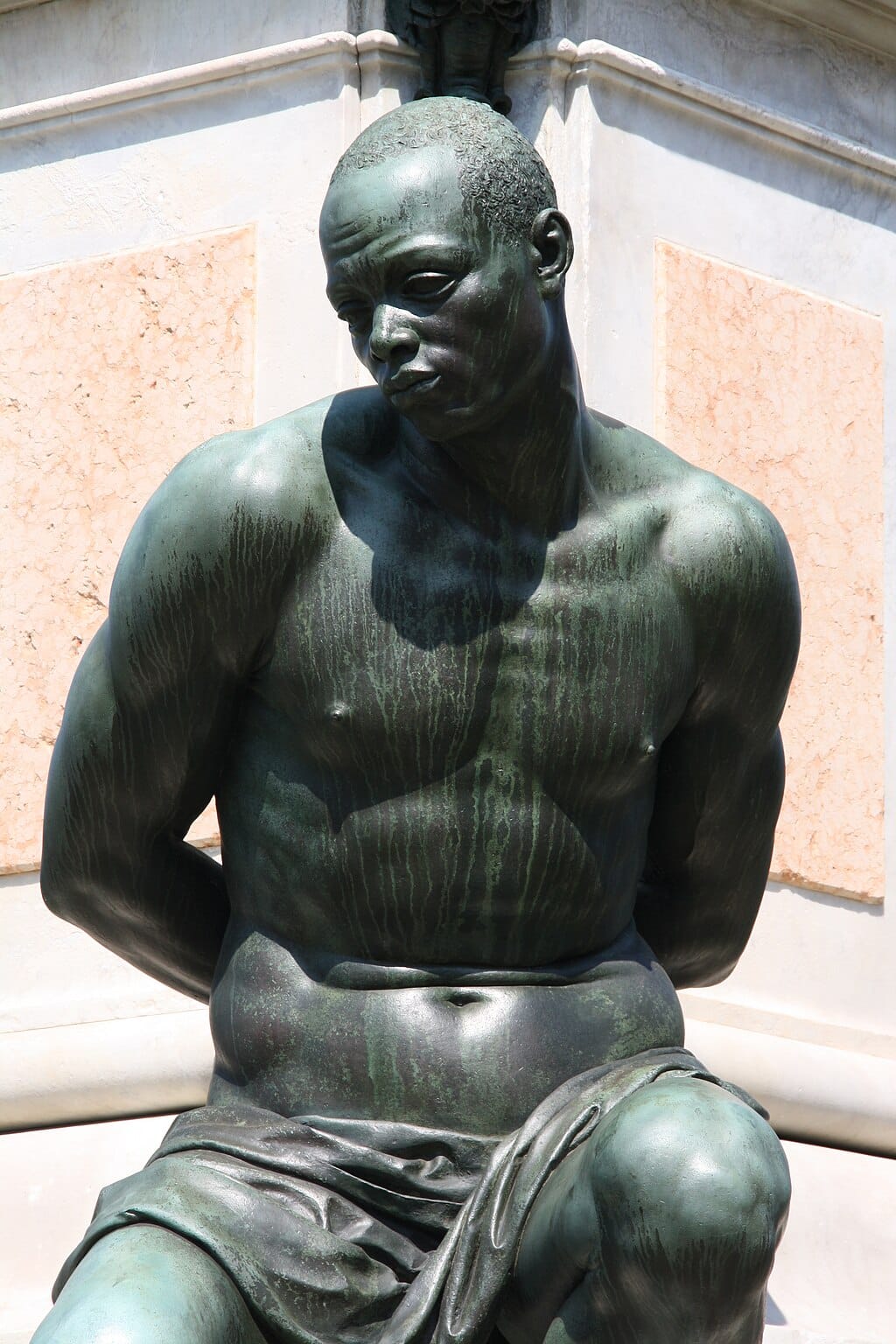
Speaking of four, Luca Giordano painted Four Women Making Music circa 1658-1660, probably in Italy, and it is striking for how relaxed they are with each other, even if details are a challenge to see:

Rembrandt goes darker. This is Two Moors from around 1661. The most popular theory has it that Rembrandt encountered these men in Amsterdam, not abroad.
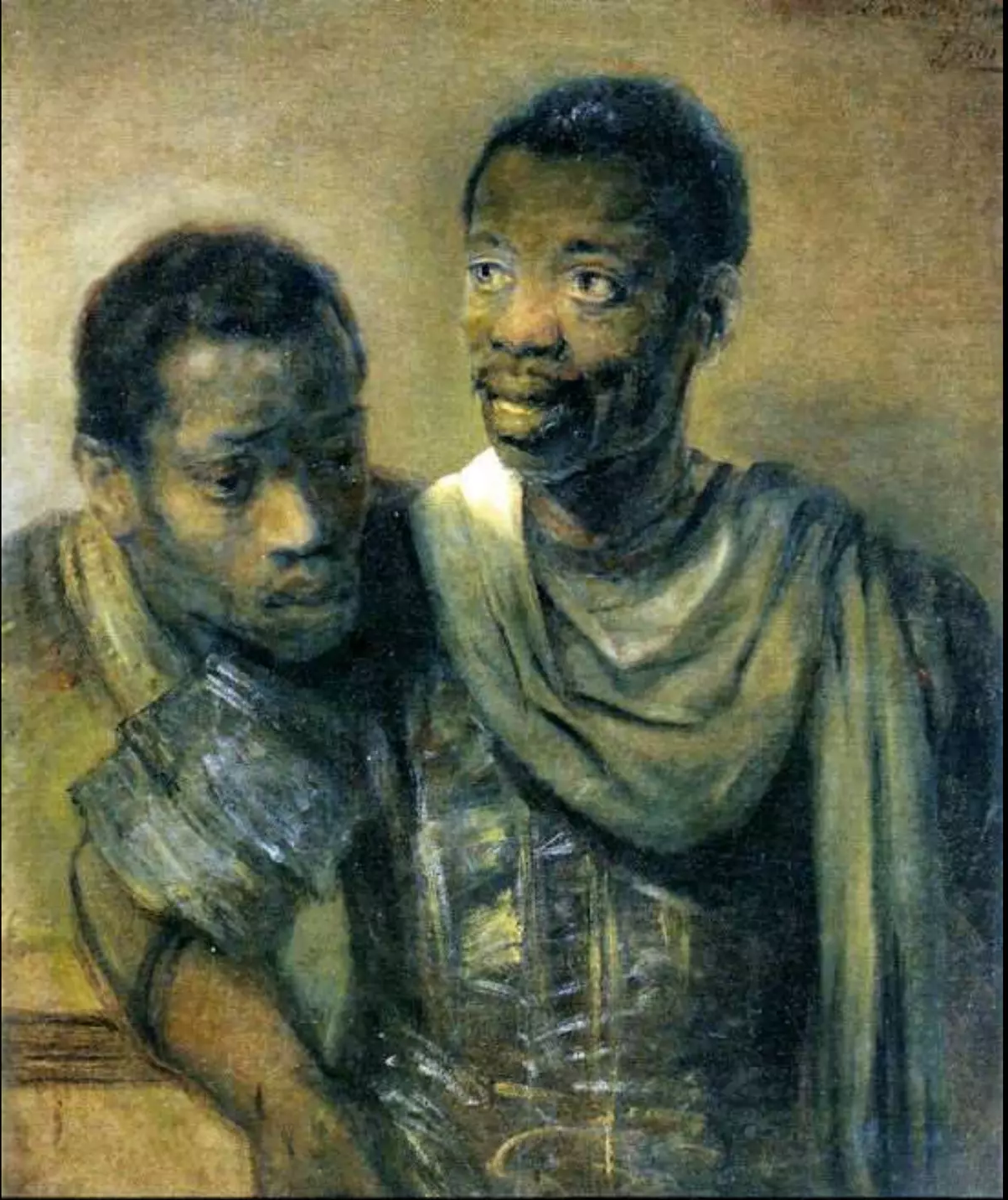
As for the Americas, Diego Velázquez painted his assistant (and a painter in his own right), Juan de Pareja, around 1650 - below. Juan de Pareja appears to have been a slave from the West Indies, whom Velázquez inherited from relatives in Seville and whom he later freed.
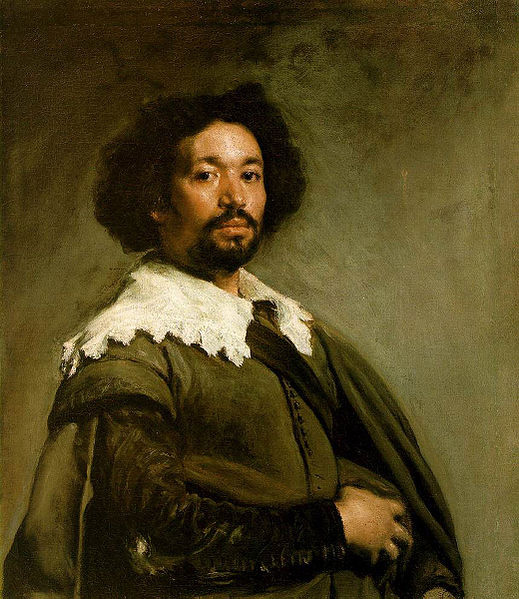
Below is a young Black slave of the prince François-Louis de Bourbon-Conti, dressed up for his portrait, from around 1697.
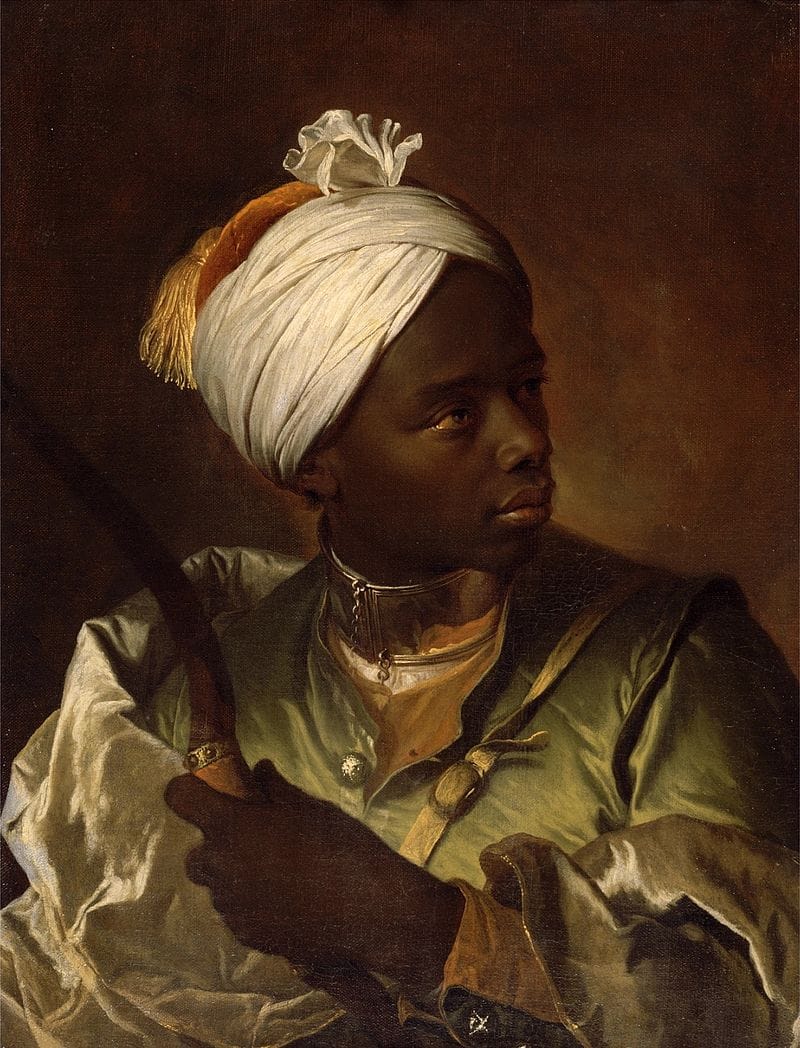
But, it would be a mistake to assume that portraits like this were always those of lesser rank or of the oppressed. Below is the Chevalier de Saint-Georges - famous musician and swordsman of 18th century France. Born in Guadalupe in 1745, he became influential during the reign of Louis XV and, after surviving the French Revolution, he died in 1799. This image below is from 1788, by the American-born historical painter Mather Brown and engraver William Ward, when the Chevalier was visiting London. More on that here - it involves a famous duel - and for a fuller bio here.

Below is Portrait of Jean-Baptiste Belley from 1797. He was originally from Senegal before being enslaved in Saint-Domingue and later was elected to the National Convention following the French Revolution. Unfortunately he would be imprisoned in 1802 and died there in 1805.
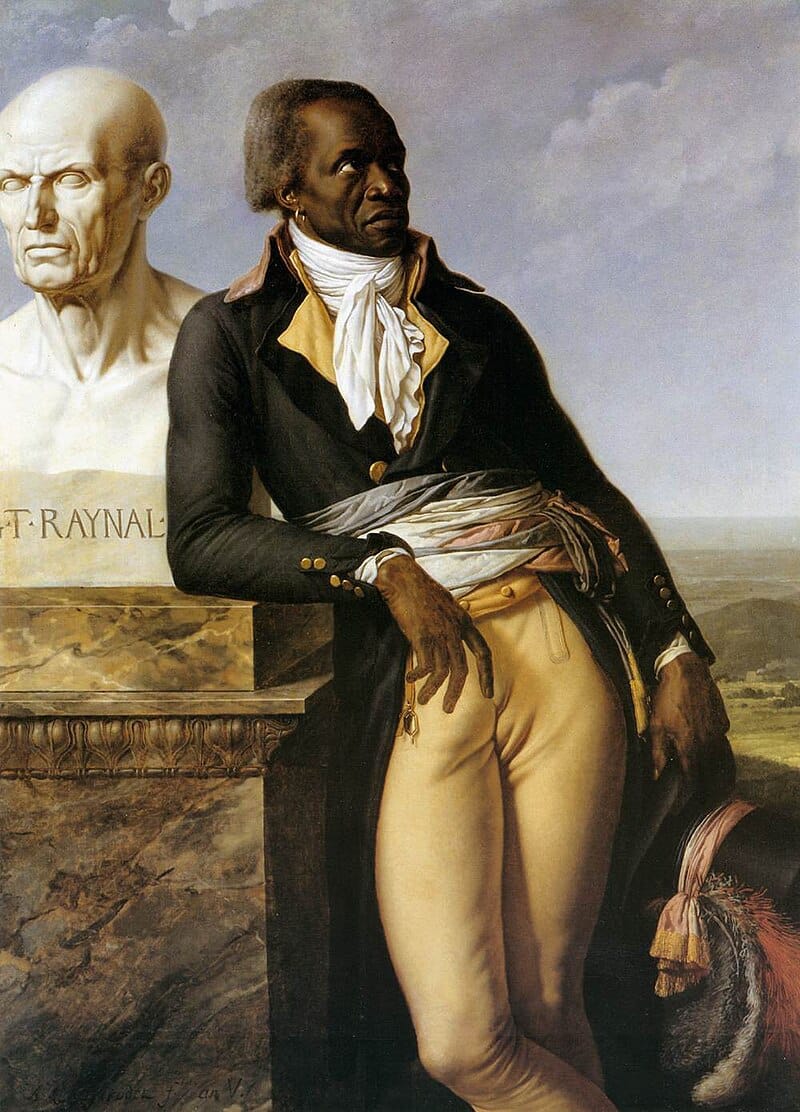
Finally, three 19th century portraits:
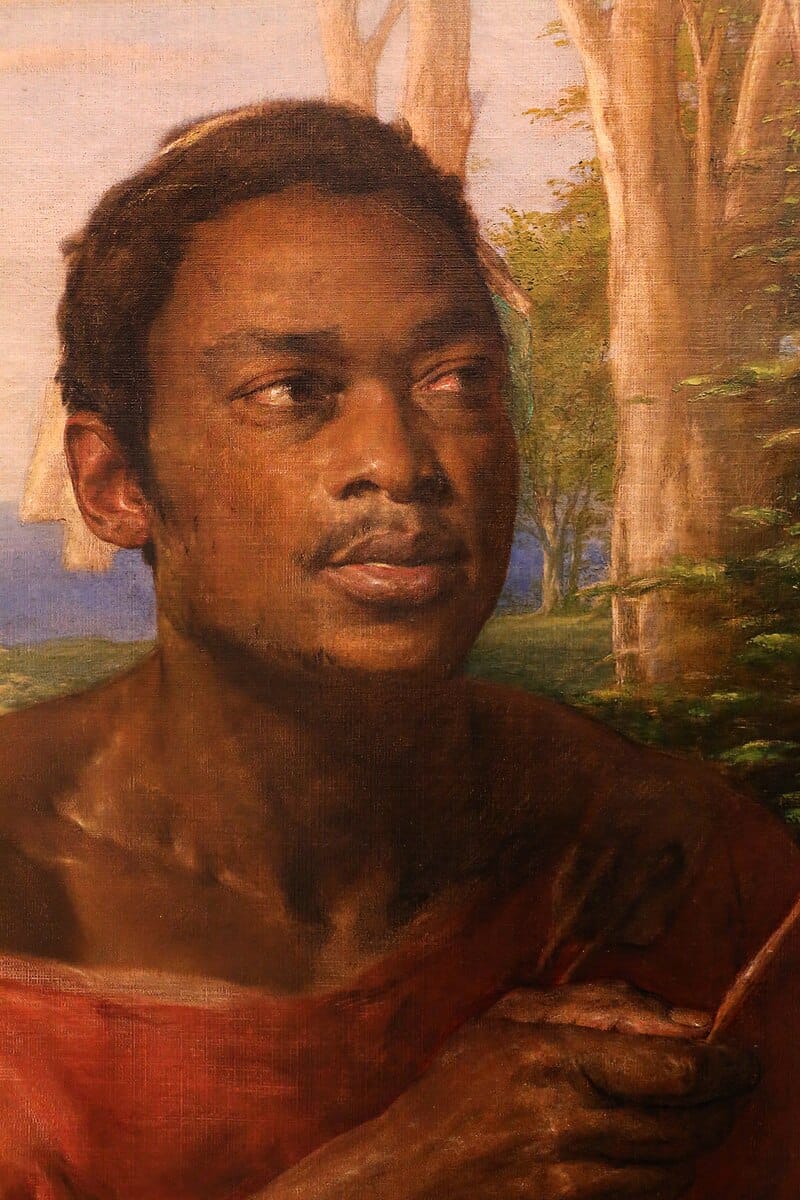
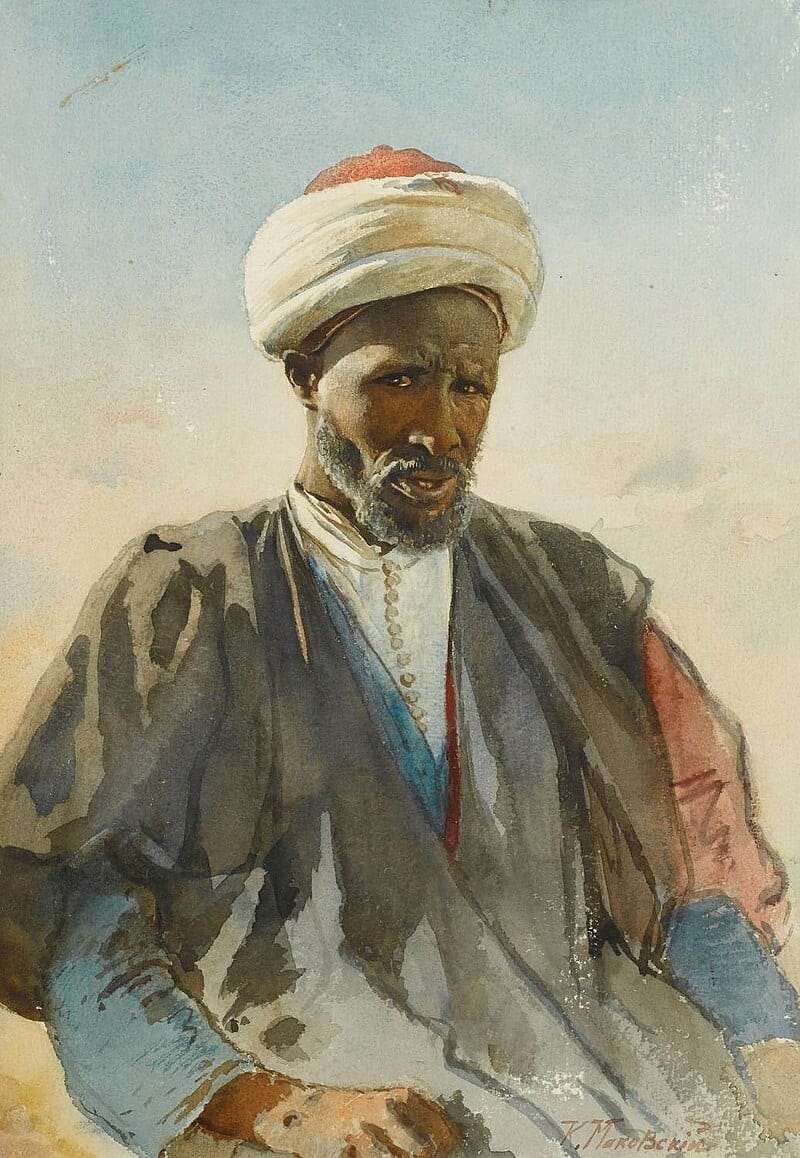
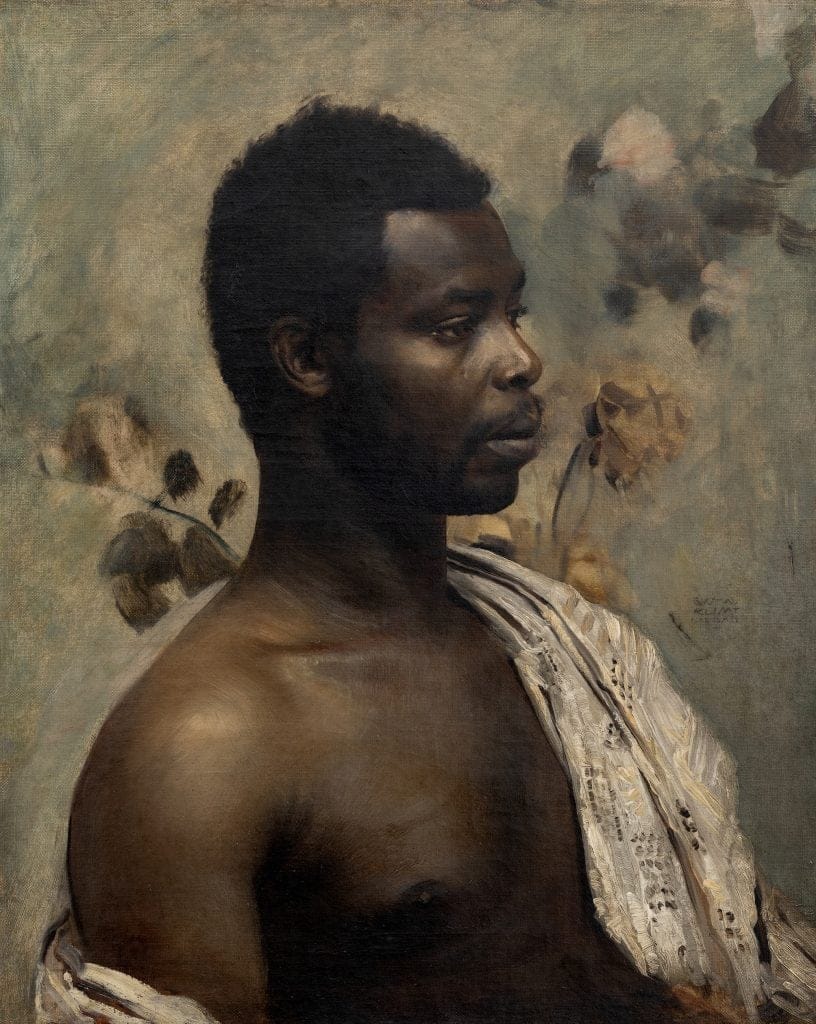
For a racist cartoon of Alexandre Dumas père, here.
